Old marks
It was not until the 19th century, in 1836 under the reign of Minh Mang of the Nguyen Dynasty, that our country's administration was unified into one strip. Ca Mau at this time belonged to Long Xuyen district, Ha Tien province. In the land register of the Nguyen Dynasty, some place names of Ca Mau were mentioned, such as Vu Island (ie Hon Khoai Island) with a year-round source of fresh water. Ca Mau sea was described with many products such as sea cucumber, tortoise shell, oyster, shrimp, anchovy, elephant ear snail... In addition, Ca Mau was also built by the court with many fortifications and gates such as Thu So Binh Giang (some say it is located in Ca Mau city today) and a series of important sea gates with garrison soldiers such as Bo De, Tam Giang, Hiep Pho (Bay Hap), Hoang Giang (Ong Doc gate). It is worth mentioning that the whole Ha Tien province only has 3 big markets, of which Ca Mau has Hoang Giang market.

Sea crab, a quintessential specialty of Ca Mau land, that is hard to compare with anywhere else.
According to historical records, Ca Mau is a place with many agarwood forests, especially cajuput, mangrove, and parrot. People have a profession of eating bees, the village called it "thuoc hoang lap". Taxes paid to the court are yellow beeswax. There is another source of income that Ca Mau people today rarely remember, which is "dieu dinh". Dai Nam nhat thong chi recorded: "The birds from the sea come to perch in flocks that are countless". Usually, when the time comes, people take their feathers and sell them to traders (mainly Chinese). Some famous bird gardens mentioned are Chac Bang, Dam Doi, Co Co, Cai Nuoc... In addition, Ca Mau products are often associated with place names, such as: Nam Can charcoal, Tan Duyet mats, U Minh honey, Rach Goc three-striped crab, Cai Tau catfish... Currently, Ca Mau still preserves some products with names that were famous in the past such as Rach Goc three-striped crab, U Minh honey...
Many people often hear that "Ca Mau people are extremely lovely", but only when you see it with your own eyes, hands, and heart will you know that it is not just an empty saying, just for fun. This land, this people, the richest thing is still the hospitality.
Dai Nam Nhat Thong Chi recorded some characteristics of the life, personality and culture of the ancient Ca Mau people: "The scholars were literate, the people were industrious, living near the sea they made nets and set up nets to catch fish. Living near the forest they caught birds and beehives to sell. The gentlemen liked righteousness and were diligent in public work. The common people were peaceful, obedient to their lot, not greedy for theft... The people were quick-witted, the women were skillful... Funeral and rites followed Confucianism and also Buddhism".
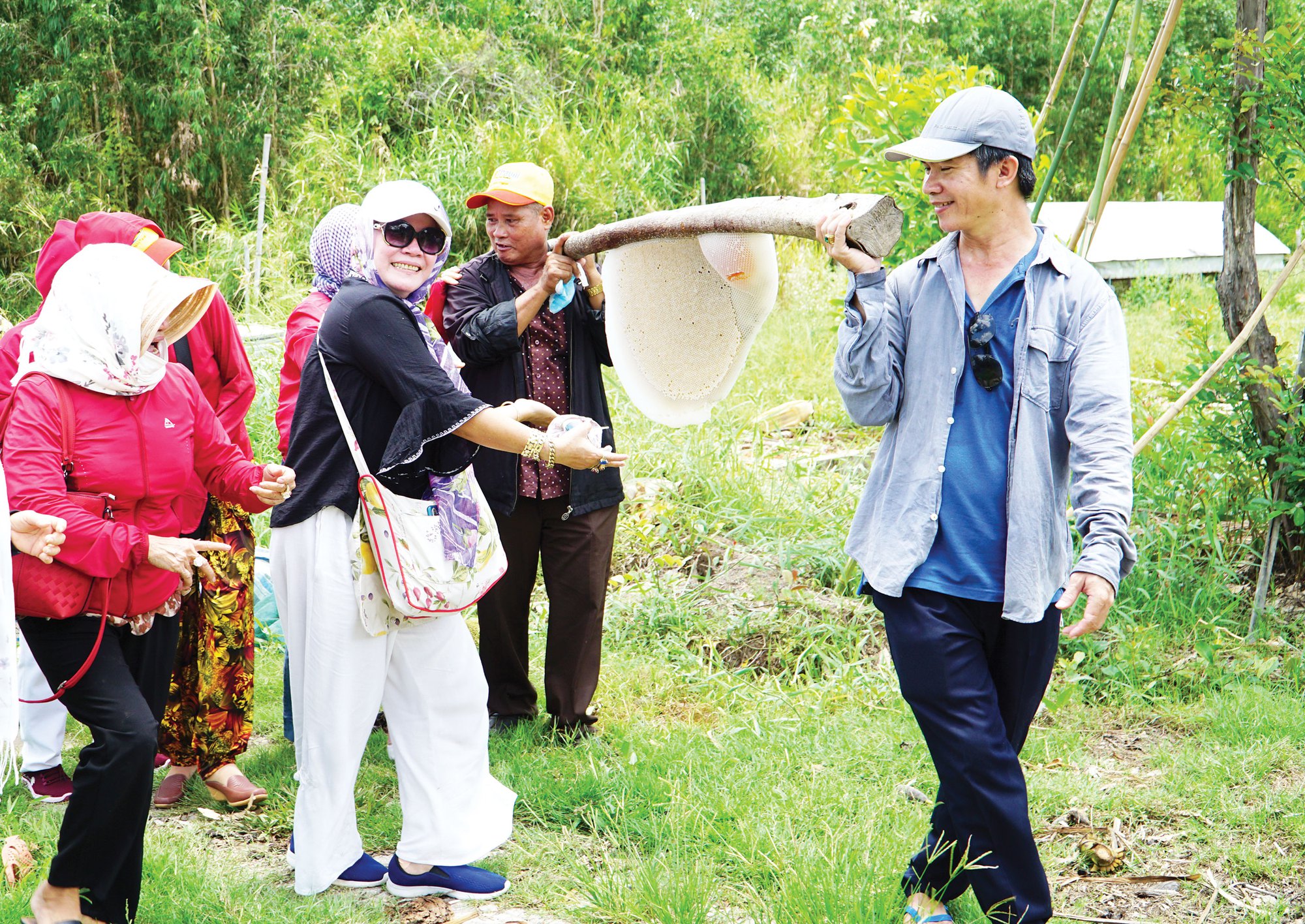
Tourists experience the unique profession of beekeeping in Ca Mau
Southern scholar Son Nam believes that to understand the land and people of the Southwest region, there is nothing other than the successful reclamation achievements of the Mekong Delta, including the land of Ca Mau. Mr. Son Nam describes the process of reclamation by migrants from "clearing, plowing, planting gardens, protecting and beautifying nature". That is, people know how to "know and do" both to absorb, apply flexibly and creatively to adapt, to adapt, and from there live in harmony with nature, not to put themselves in the position of conquerors and exploiters.
Come back to love, to remember
Ca Mau is proud to be a new land, but has its own characteristics in natural conditions and cultural identity of the people. The flow of migrants to Ca Mau not only aims at survival, but also creates cultural and spiritual values, extending the eternal spirit of the nation. Several hundred years ago, Giao Khau (now Tan Phu commune, Thoi Binh district) had a "King Temple" worshiping King Hung, which has been passed down to the present day and has become the place to commemorate the ancestors in the southernmost land.
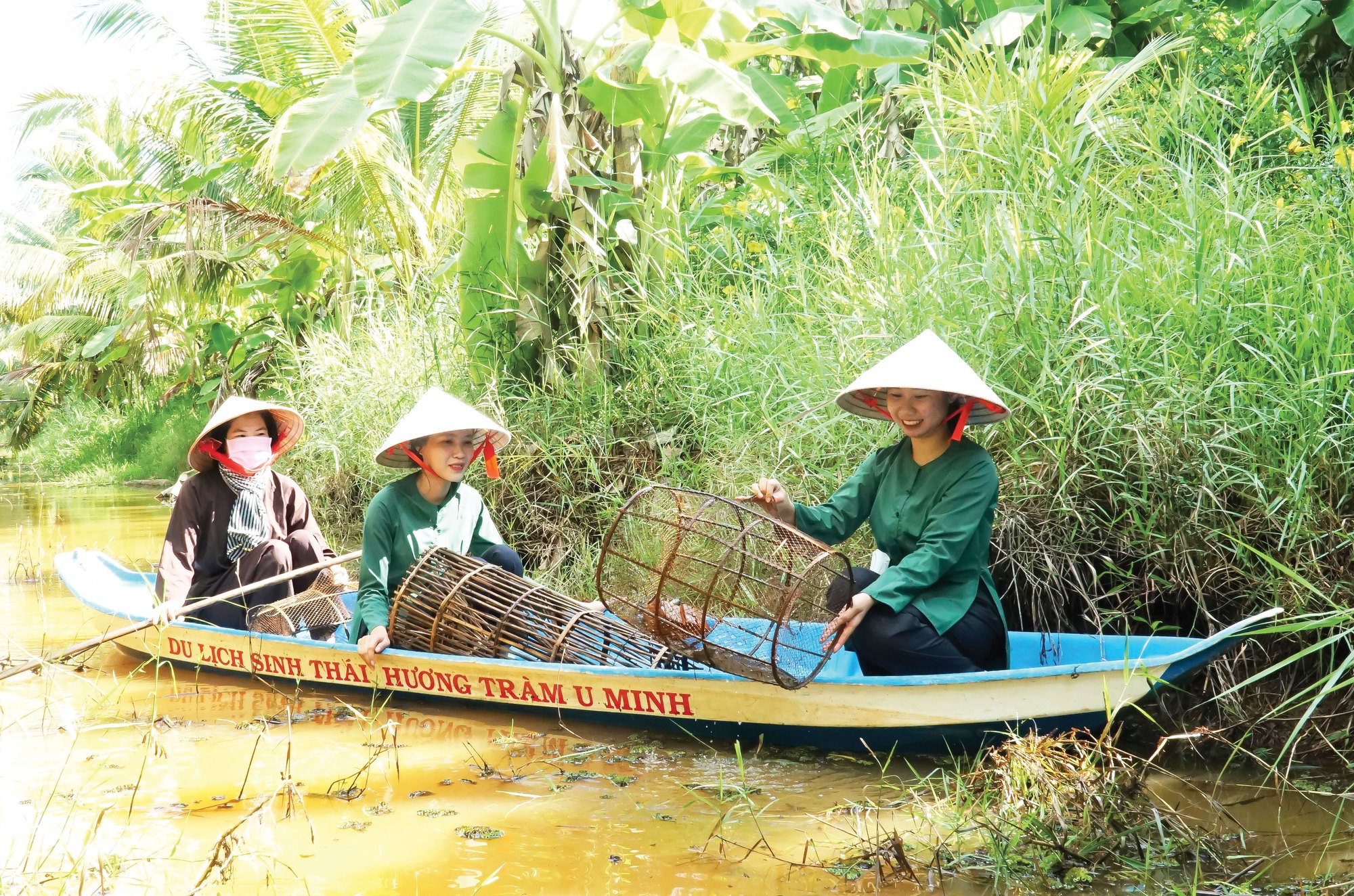
The land of Ca Mau, the people here, the richest thing is still hospitality.
Ca Mau people value justice and stand on the side of justice; when there is tyranny and oppression, they stand up to fight together; when there is an enemy, they fight the enemy. From the folk stories about the suppression of pirates by the coastal residents of Vien An, to the uprising of the heroic peasant brothers Do Thua Luong and Do Thua Tu who rose up to fight the French... have proven that way of life. During the Ho Chi Minh era, Ca Mau was a resistance base, the place where the 200-day and night event of regrouping to the North took place, where the late General Secretary Le Duan drafted Resolution 15 (1959) which had great significance leading the Southern revolution to the day of total victory on April 30, 1975.
The country is unified, Ca Mau people join hands to build their homeland. Melaleuca forests and mangrove forests have become unique tourism resources of Ca Mau. The forest not only has mangroves, fish sauce, and cajuputs, but also nurtures in its heart countless famous products, enough to conquer and please all visitors from near and far. In the green melaleuca forest, just need to eat a rustic meal with freshwater fish, taste the U Minh Ha honey, drink a glass of fruit wine, listen to the soulful vọng cổ melody..., visitors are reluctant to leave. Coming to the mangrove forest, eating Ca Mau crabs and shrimps, the taste of salted crabs explodes on the tip of the tongue, curiously try the grilled climbing fish (snakehead fish), listen to the alluvial soil stirring and settling each drop of silt... That alone is enough reason for everyone to experience it once in their life.
Coming back to the countryside, eating a meal of fragrant new rice with some simple dishes such as braised crayfish, grilled crayfish or grilled snakehead fish, boiled bamboo shoots also feels warm. A more well-off family will prepare a famous fish hotpot, mixed vegetables available in the backyard, eating and craving but never knowing full. Or a trip to Thi Tuong lagoon, in the middle of the vast river, eating a fish with a funny name, dog-snake fish, then listening to the original fairy tales about this land, such as the story of going fishing for fish and shrimp, only one day having to release some of the fish and shrimp back into the lagoon for fear of sinking the boat... As a gift, visitors bring Cai Nuoc bon bon trees, strange, rustic but delicious beyond description; dried U Minh or Tran Van Thoi fish... the delicious flavor is unmatched.
And when coming to Ca Mau, everyone should remember to find at least one acquaintance to be a companion. Many people often hear that "Ca Mau people are extremely lovely", but only when you see it with your own eyes, hands, and heart will you know that it is not an empty saying, just for fun. This land, the people here, the richest thing is still the hospitality.
Please come to Ca Mau, at least once, to love, to remember and do not let your heart be troubled by the obstacle "I heard Ca Mau is very far away!". But in fact, Ca Mau is now very close, very easy to go and is preparing to be more charming, more beautiful to welcome everyone.
Source link


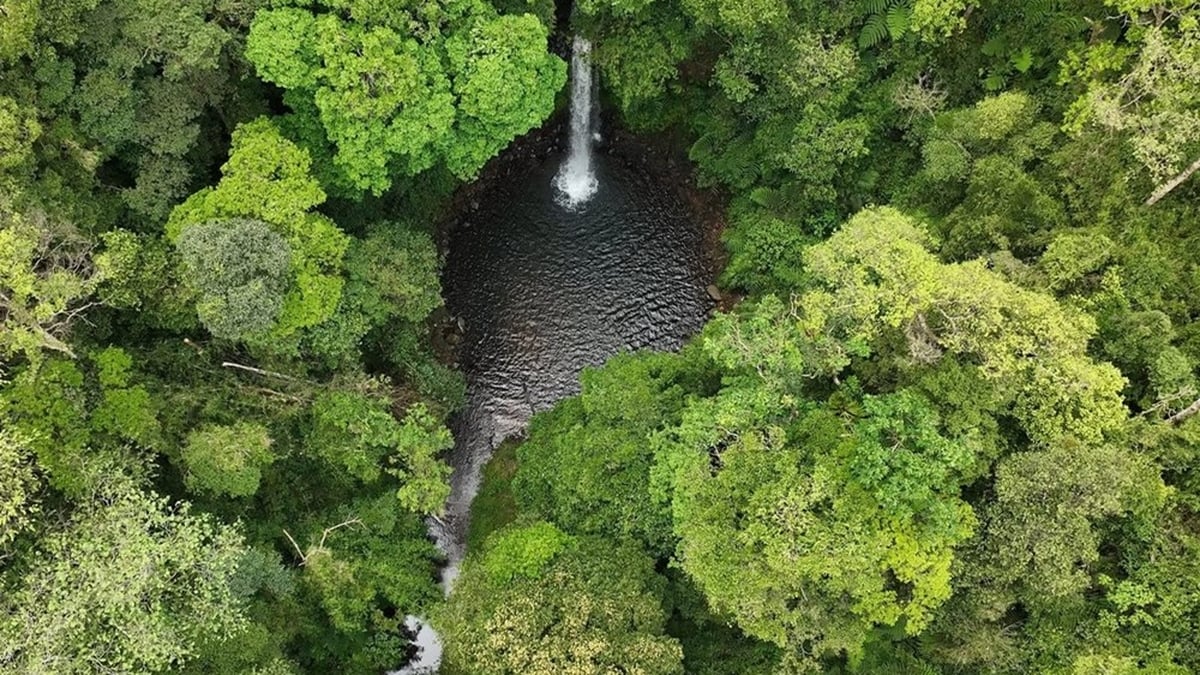
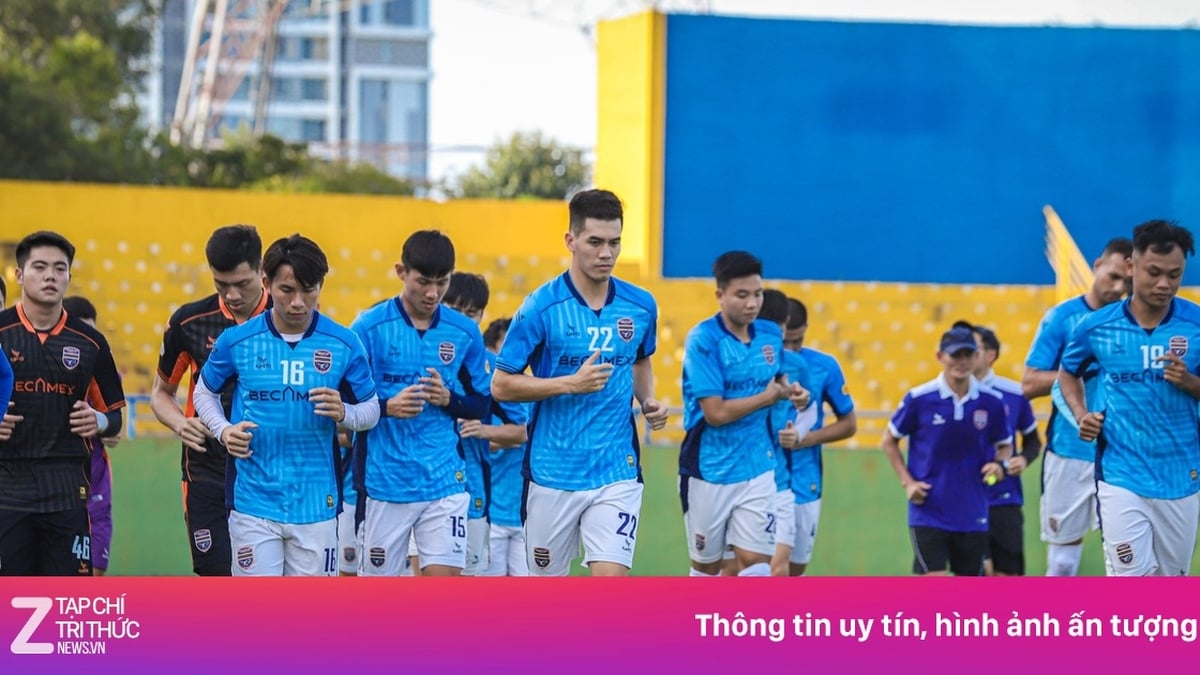

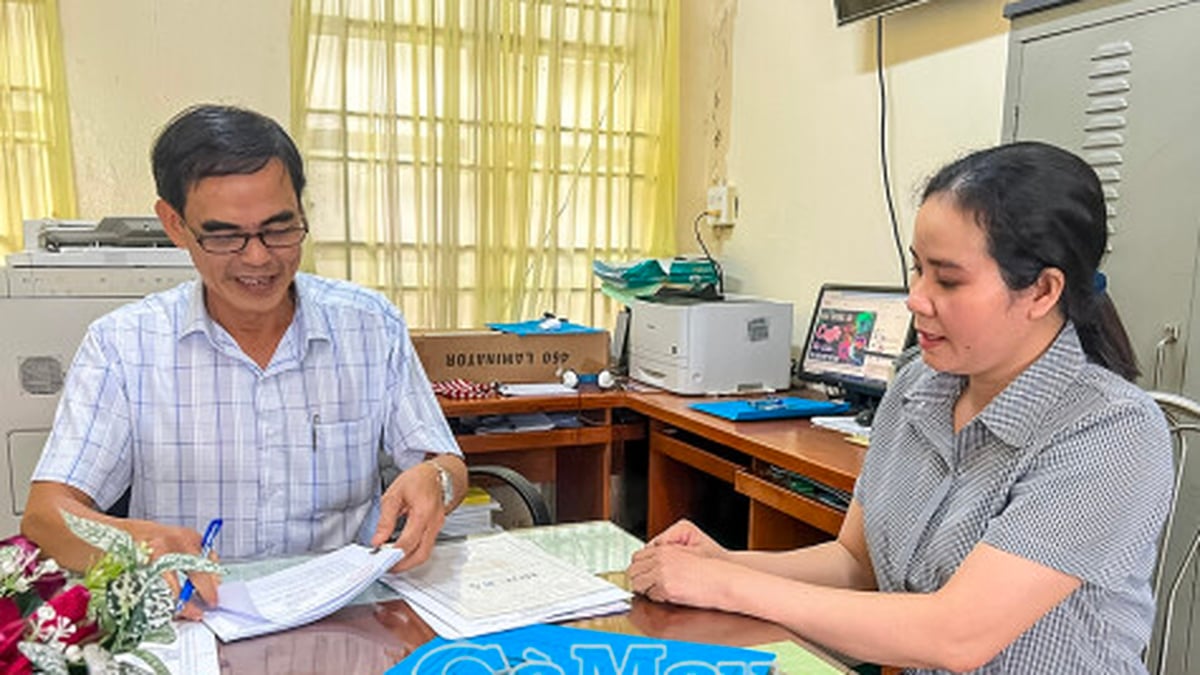
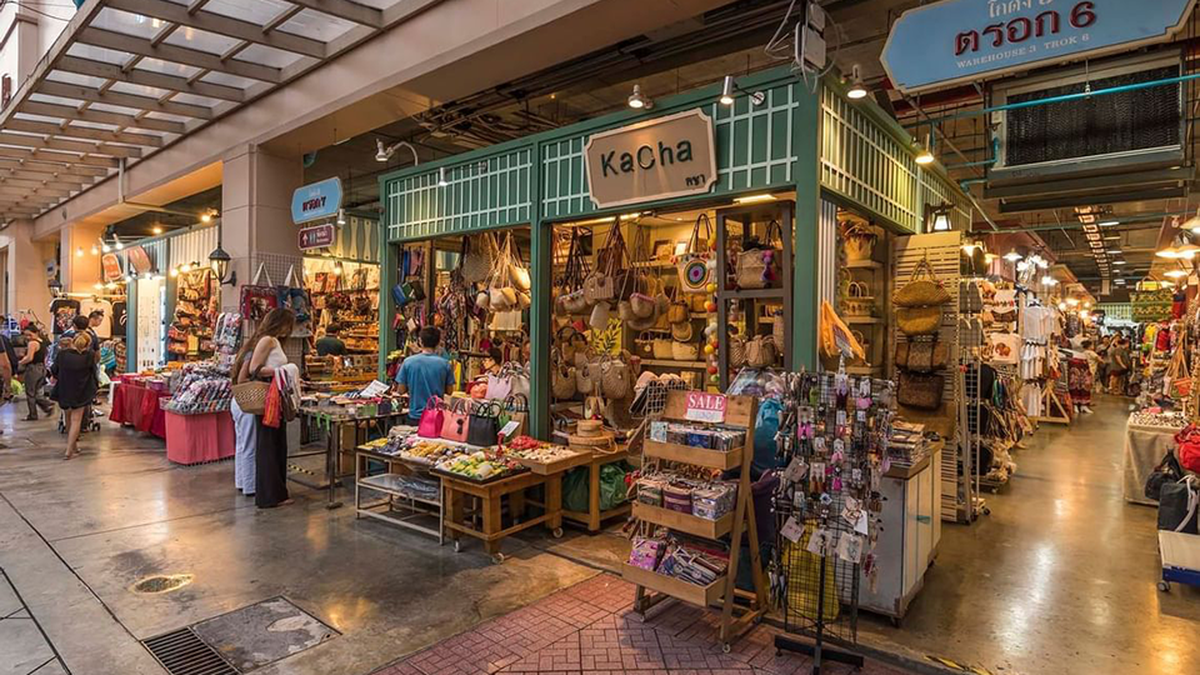

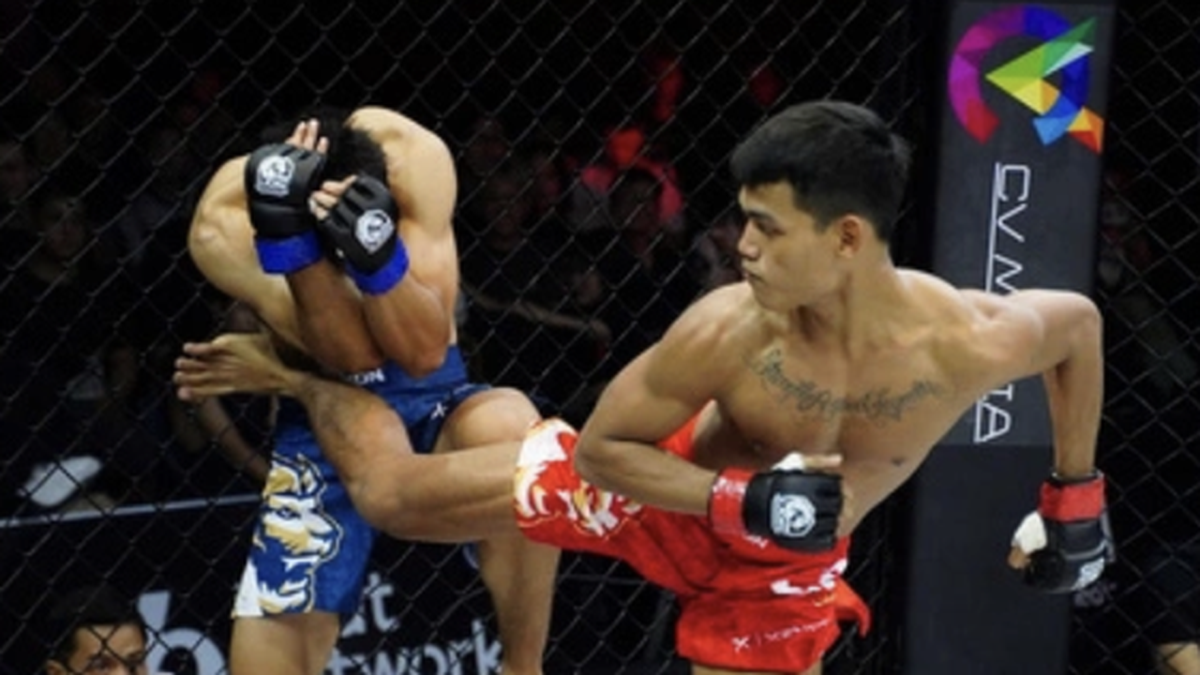


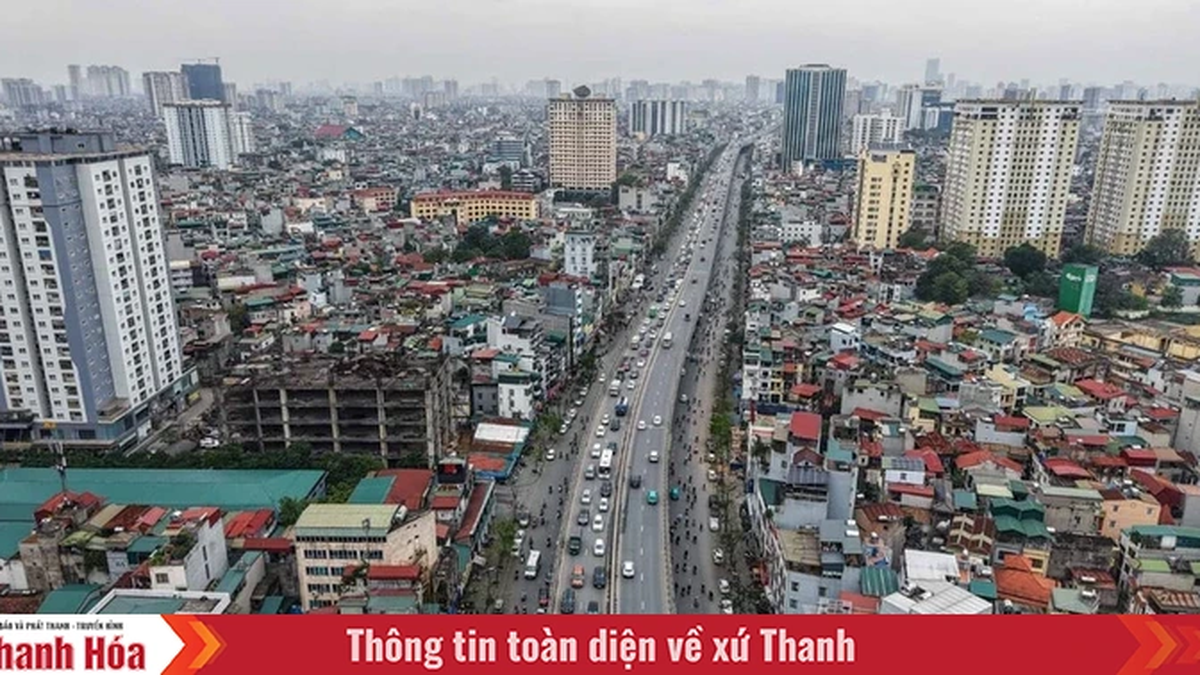










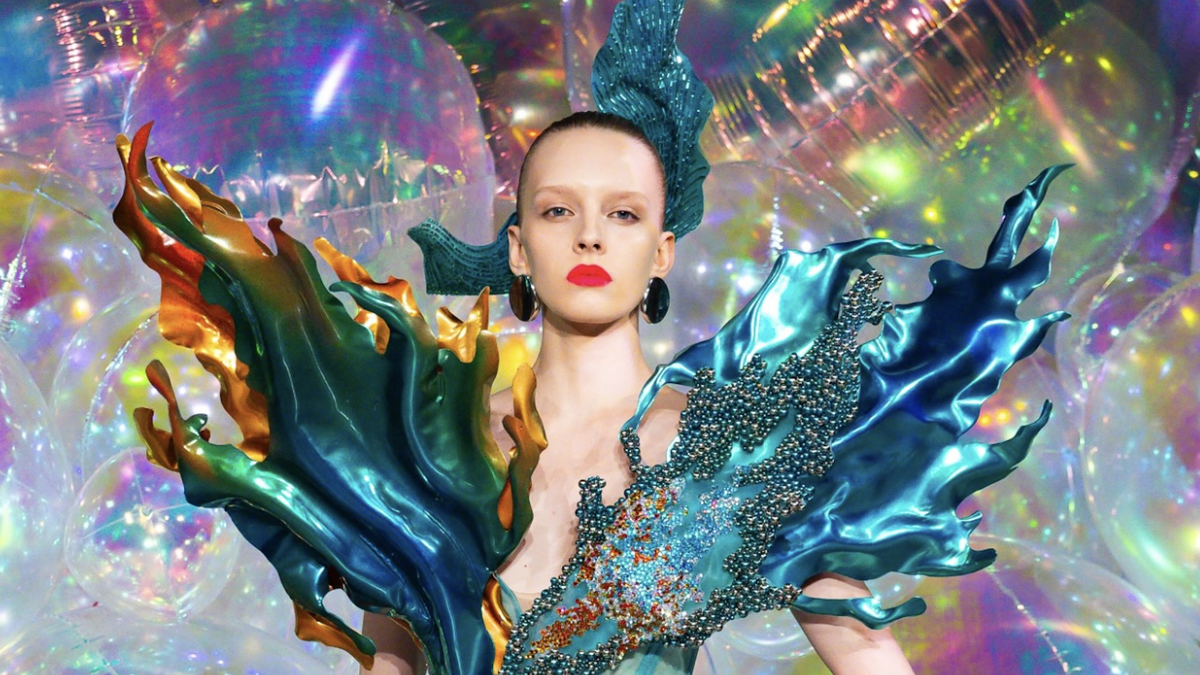

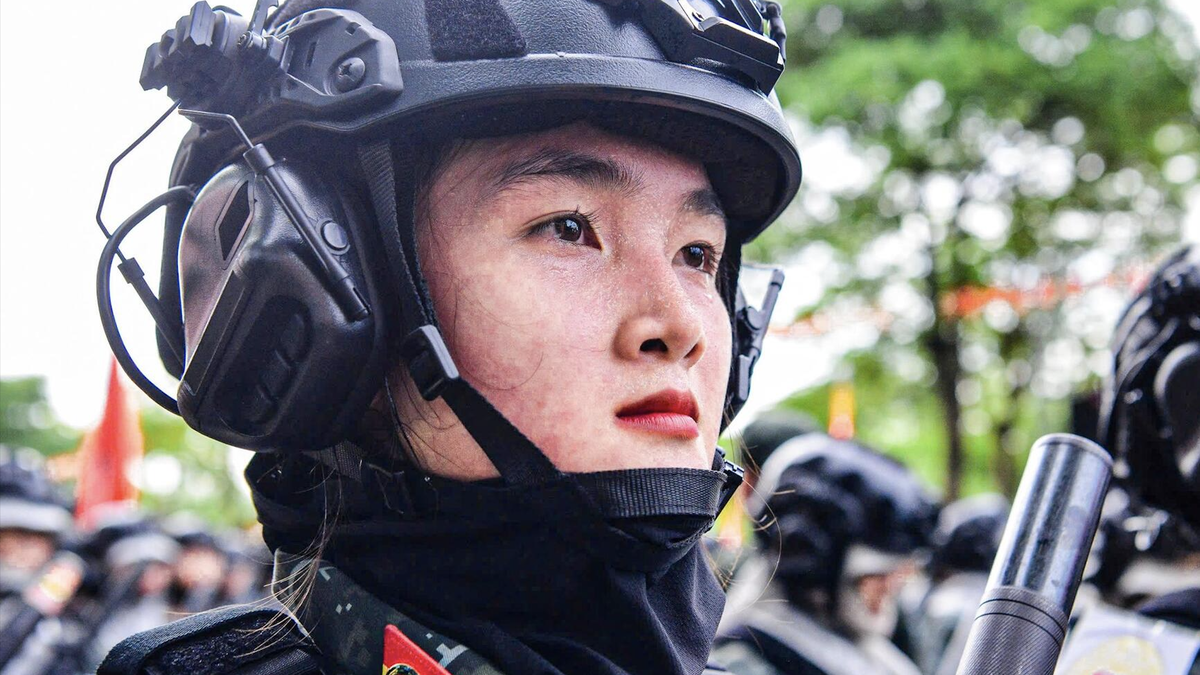
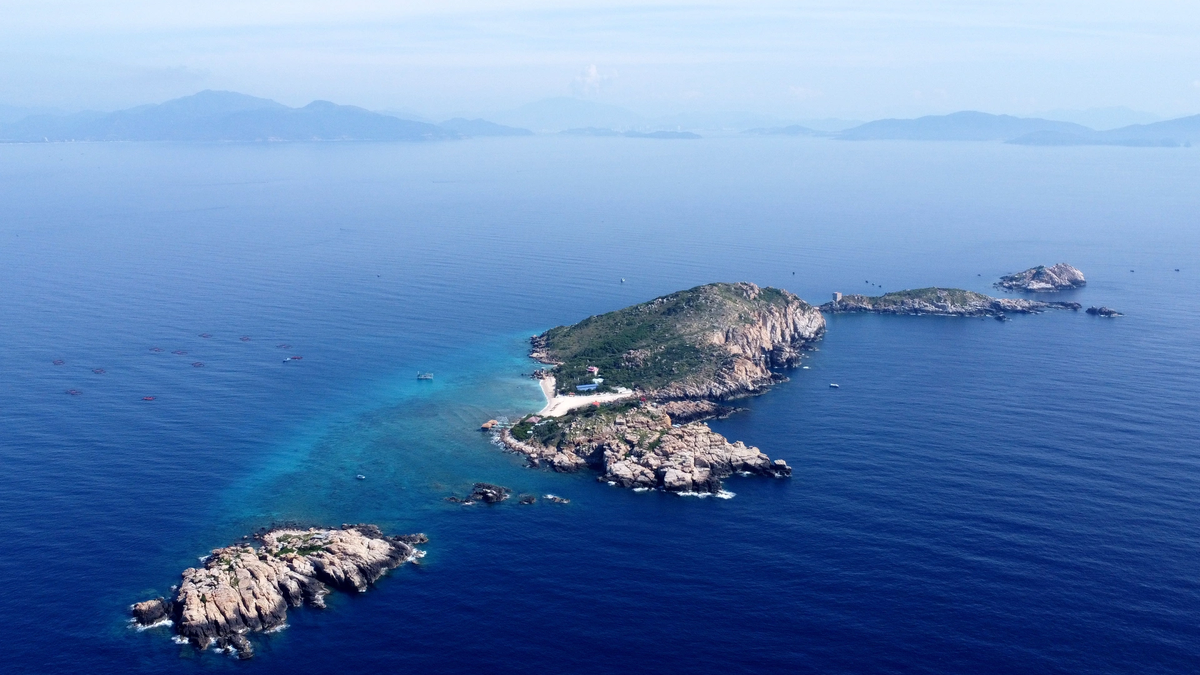
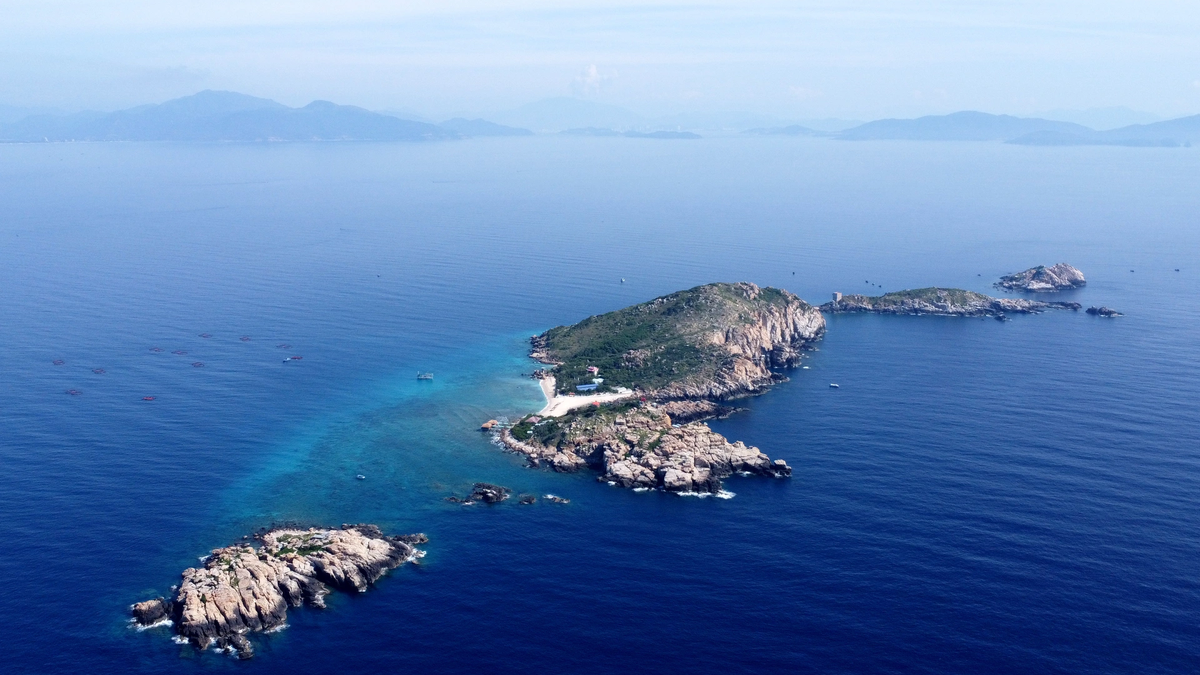
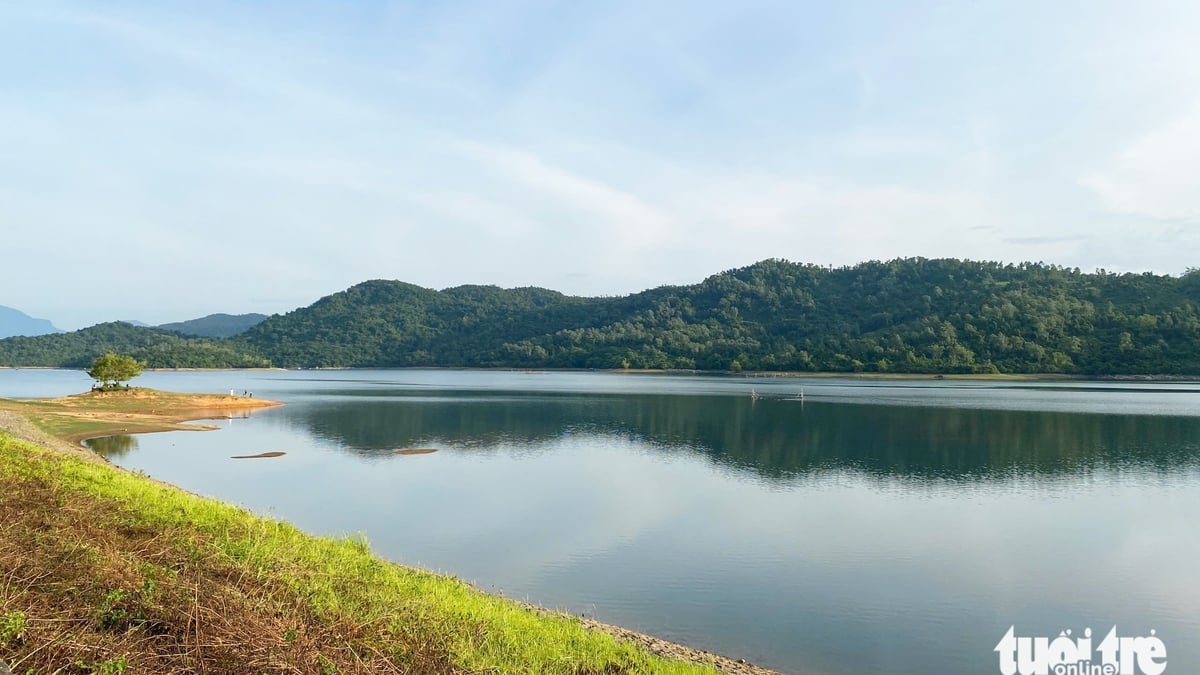

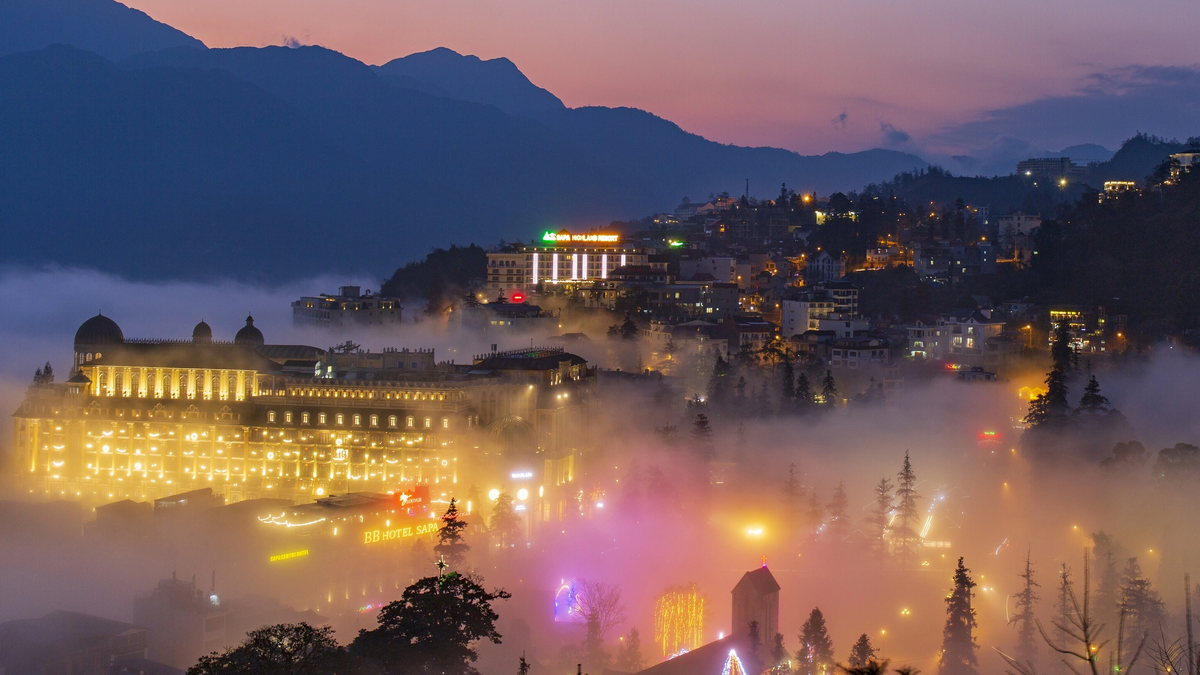
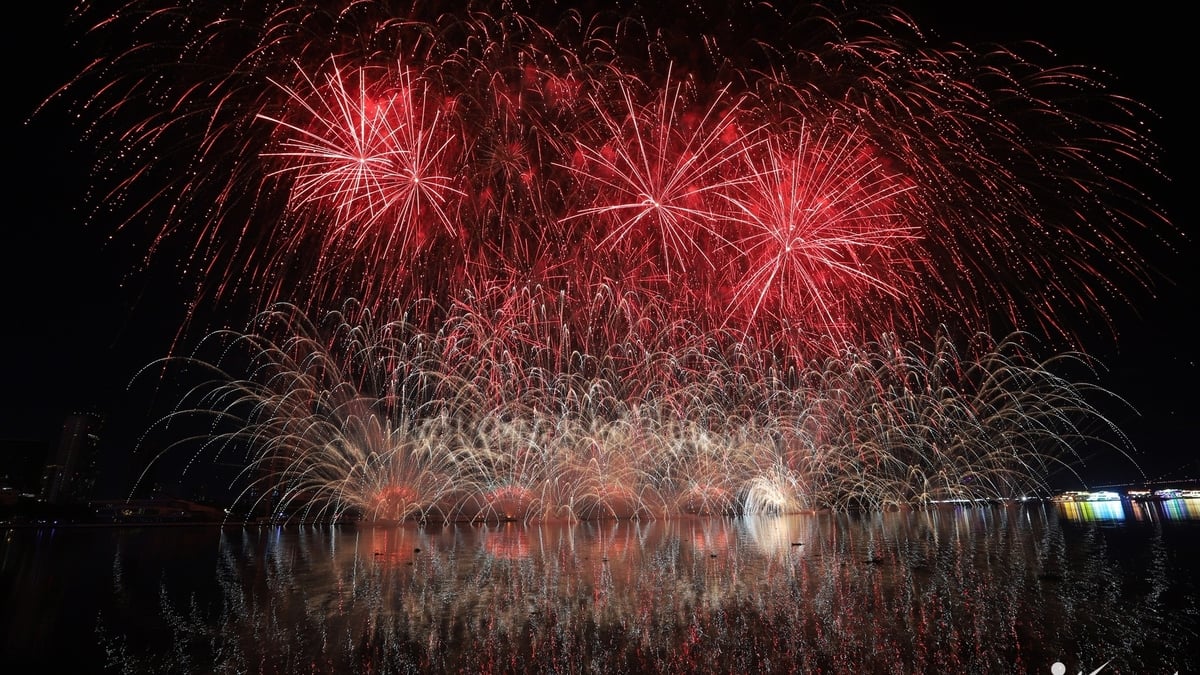
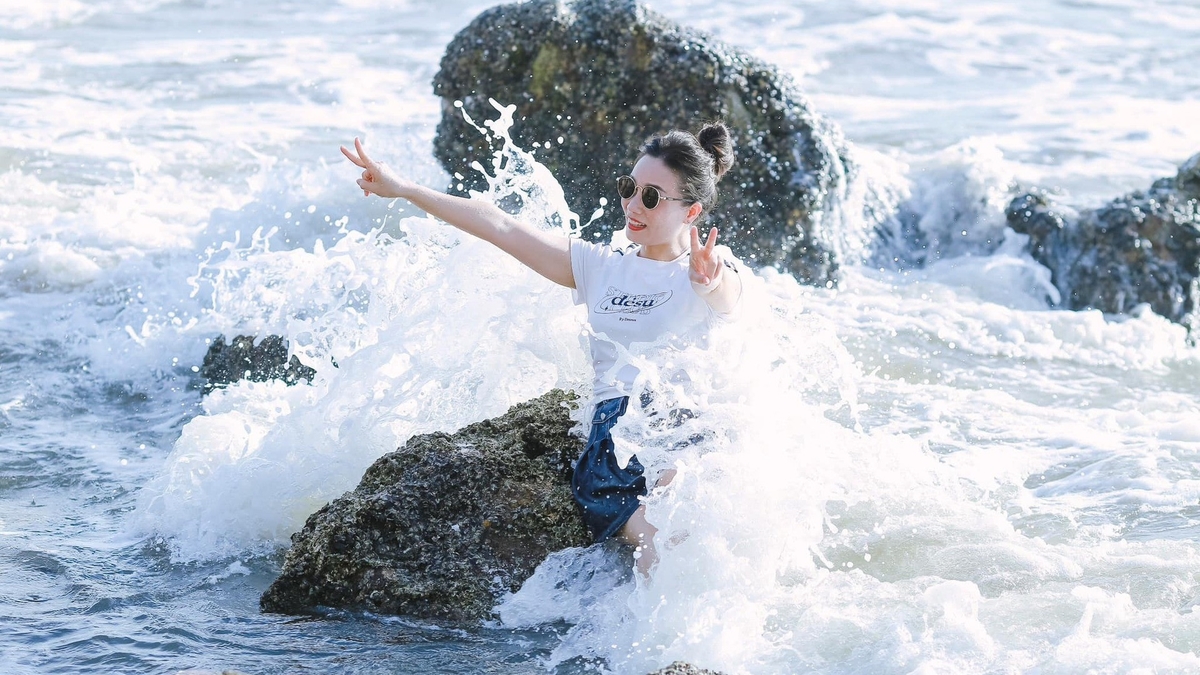
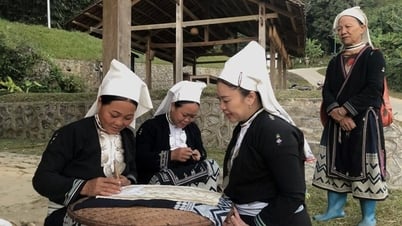

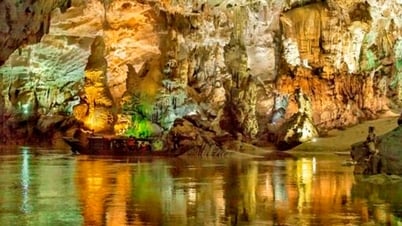
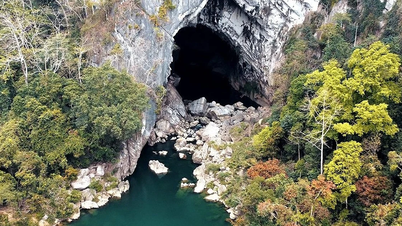



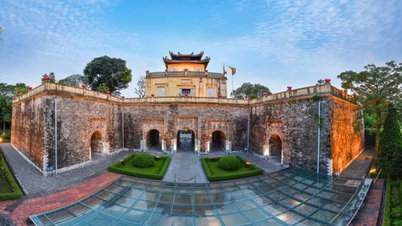


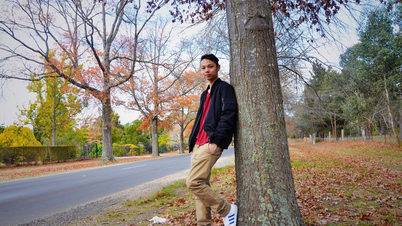

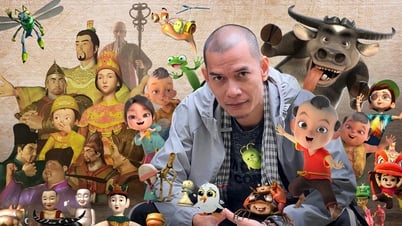






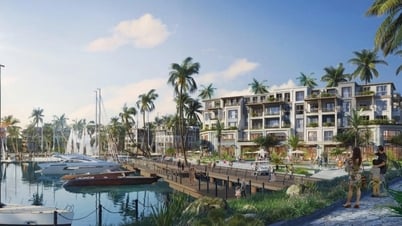
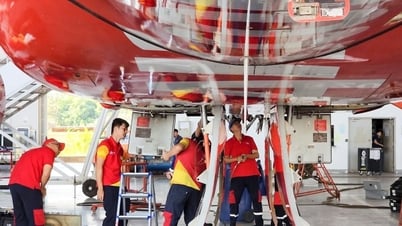

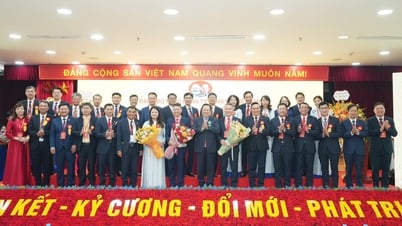



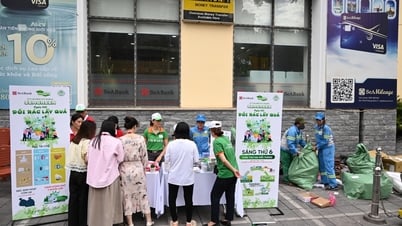


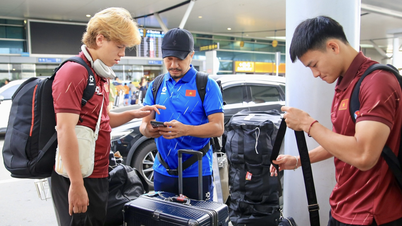

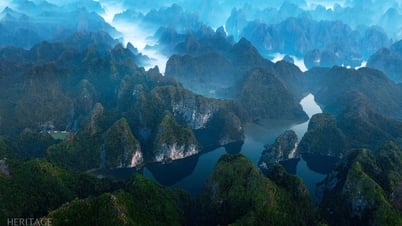
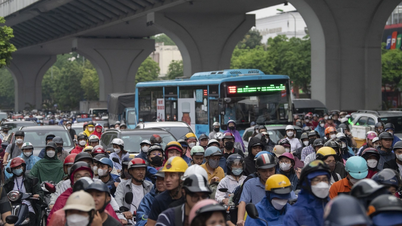

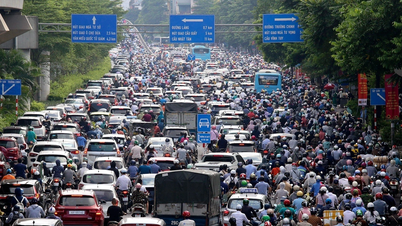
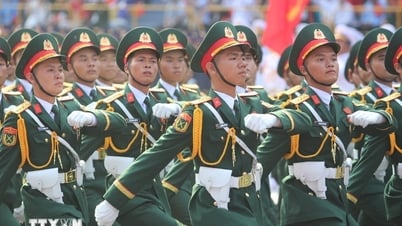
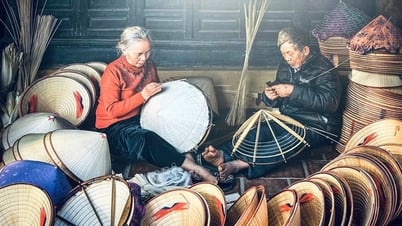


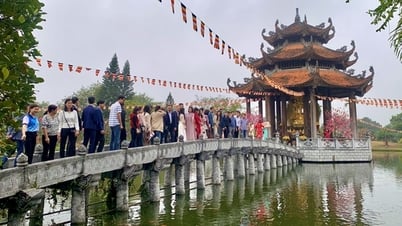
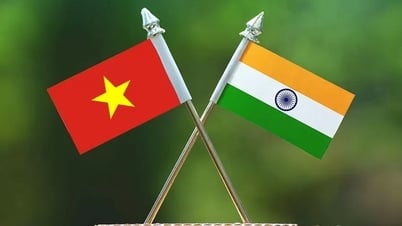

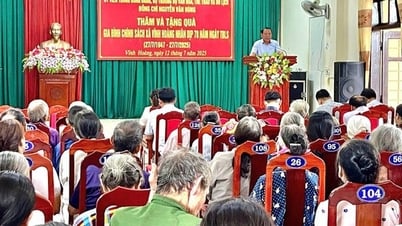
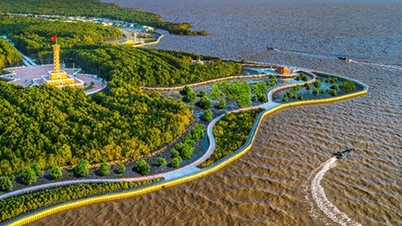







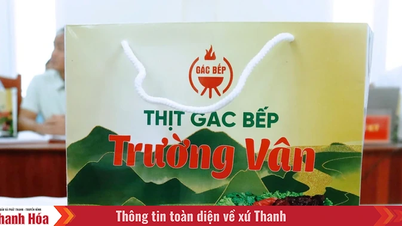

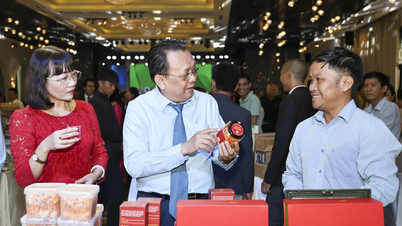

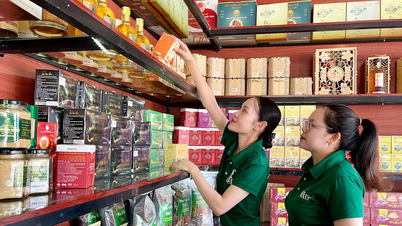

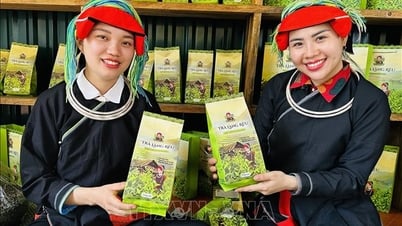

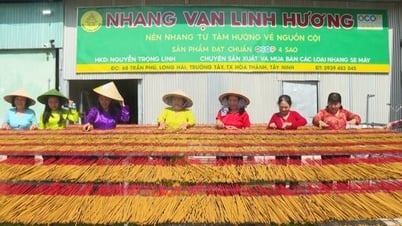





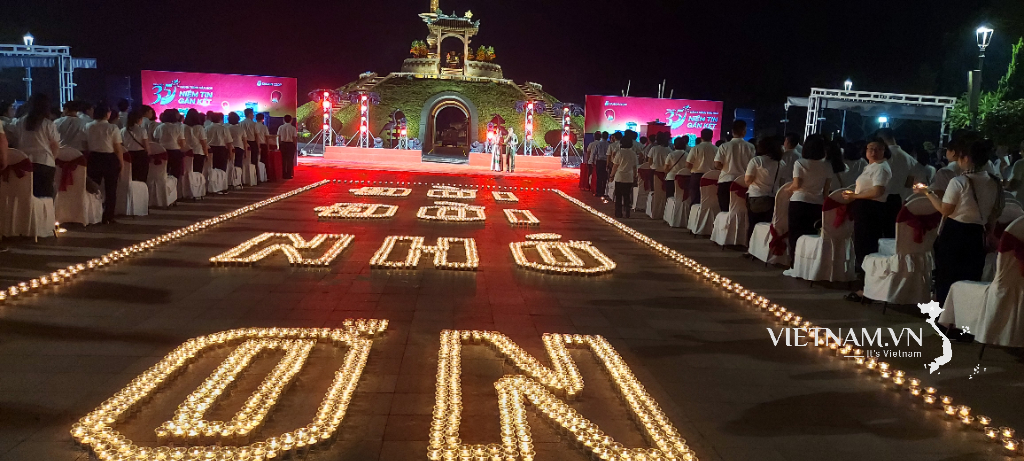
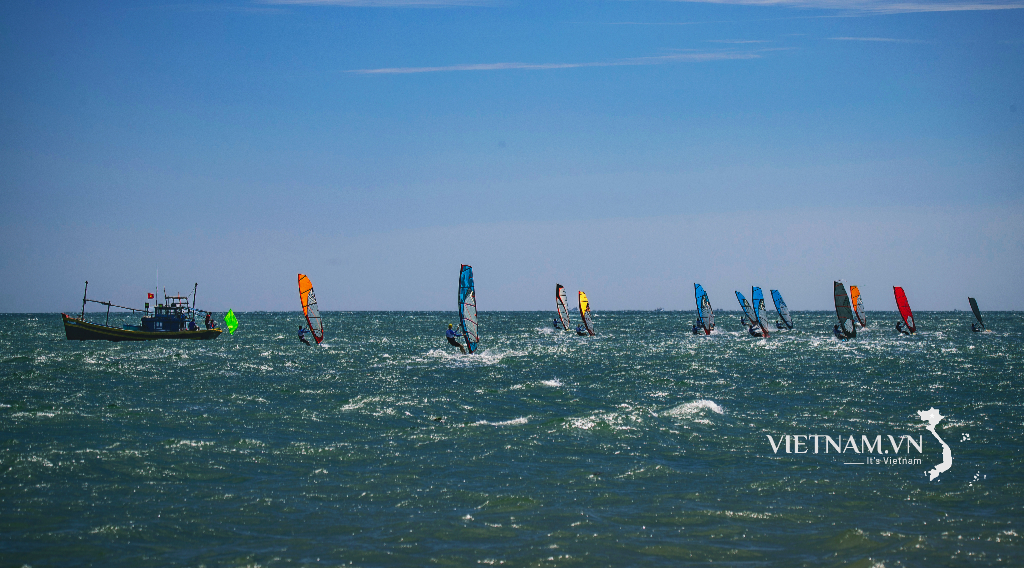
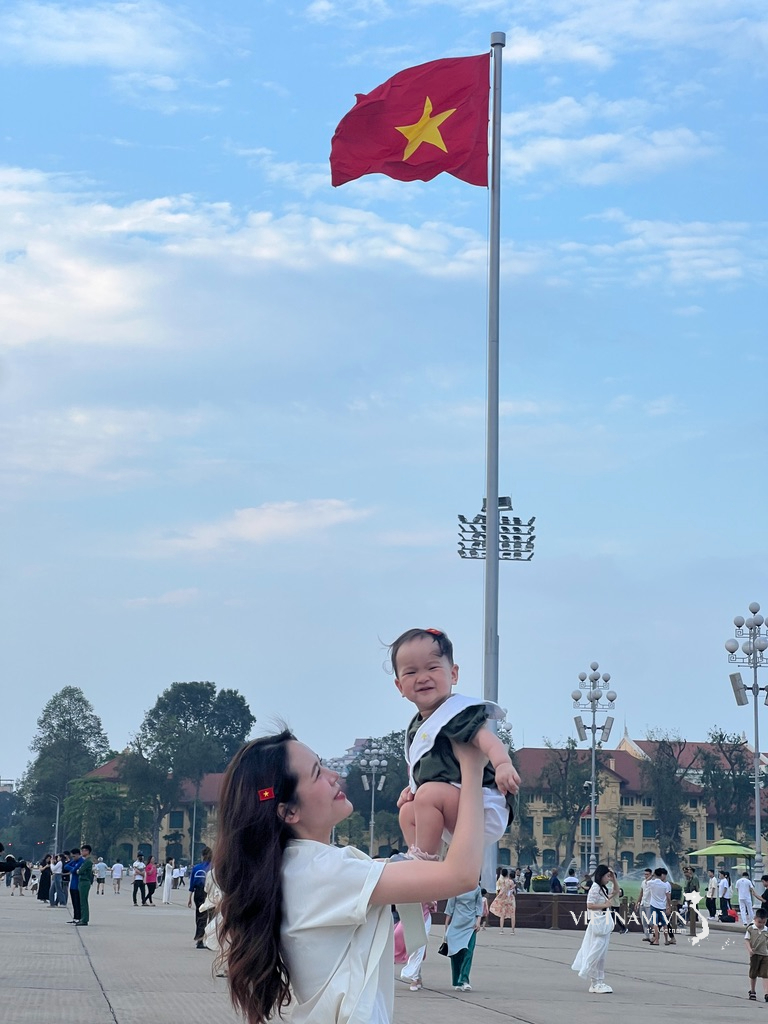
Comment (0)